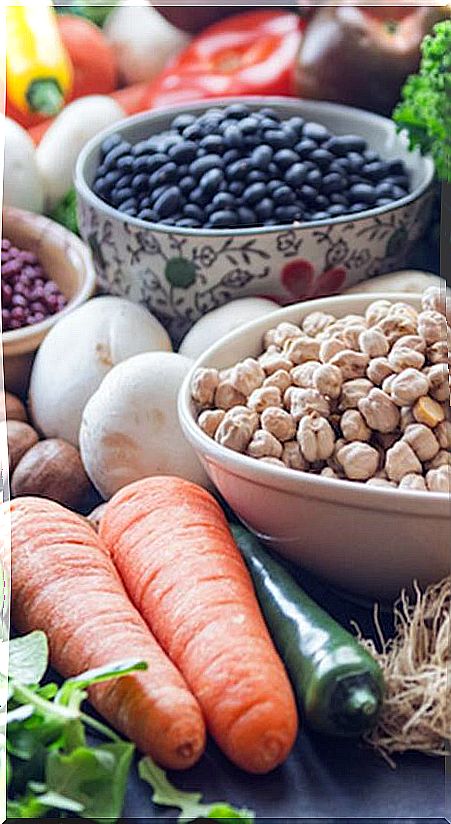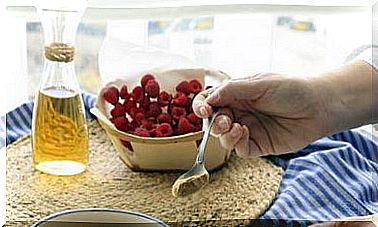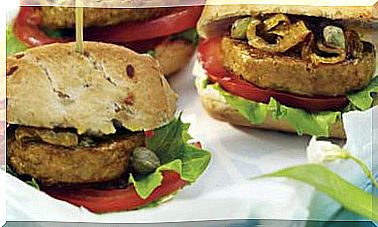How To Save On Your Healthy Shopping
You can save a lot on your daily shopping if you choose wisely and eat healthy

One of the main problems we have is associating eating well, eating vegan or eating healthy with very expensive, rare and exotic products that we think would increase the price of the shopping list to impossible amounts. It’s actually quite the opposite: most of us can eat healthier for much less than what we spend now. And how is that? I will go by parts so you can see it better. It’s very easy, just by following these guidelines you can save a lot and eat better and more varied.
Organize your meals
It is the best way to know what you are going to need and to be able to buy everything. Make a list of what you are going to eat during the week (or more or less) and then make a list of ingredients.
You can look at cookbooks, blogs, Instagram, etc. to inspire you, but remember that for a 100% vegetable, healthy and balanced diet you will need:
- Fruits and vegetables daily: both raw and cooked. Take a look at what’s in season, as those fruits and vegetables will be more available, fresher, and cheaper. For example, in summer, watermelon and melon are very good in price and quality; tomatoes and peppers, also in spring and summer; oranges, in late fall and throughout winter.
- Daily quality protein: beans (white, black, red, black …), chickpeas, lentils (of any variety), azukis, mung, soy, tofu, tempeh, textured soy, natto … among all these , the cheapest are legumes of a lifetime (beans, chickpeas and lentils) and are a good source of protein. Buy them dry to cook at home and if you want some from a pot to have in case you need legumes already made in a moment.
- Daily complex hydrates and, whenever possible, whole grains: pasta of all kinds (also lasagna, noodles, etc.), rice of any variety, millet, oatmeal, quinoa, breads, potatoes, sweet potatoes … From them we can assemble a lot of dishes or complete them, and if they are whole, we are also adding fiber, vitamins, minerals and antioxidants to our diet.
- Fats from quality lipid sources. Whether raw (dressings, breakfasts, snacks, etc.) or for cooking, that the fats are of quality: olive oil, coconut oil (pure), avocado, nuts, etc. The normal thing is that we buy extra virgin olive oil, nuts to eat daily (walnuts and almonds, for example) and when they are on sale, some avocados. Coconut oil is optional, especially with olive oil available.
- To drink water. Skip purchased juices, sodas, energy drinks, etc. With a balanced diet you do not need supplements or the amounts of sugar that these drinks usually contain.
- Others: vegetable drinks (better enriched with calcium) if we usually have breakfast or snack with them; Vegetable yogurts without sugar (they will serve us to take as is and to make other meals and dressings), dried fruits (raisins, dried apricots, dried tomatoes …), pickles (pickles, olives, aubergines, sauerkraut, etc.), seeds (for example of flax, which are rich in omega 3 fatty acids), spices and herbs …
- Processed: the less the better. Although there are vegan sausages, vegan burgers, vegan pastries, etc., they are still highly processed foods that do not give us much compared to vegetables, legumes and fruits, so it is a superfluous expense that the more we limit, the better.
Examples of meals
- Minestrone soup (has pasta, vegetables, greens and herbs)
- Gazpacho (tomato, onion, garlic, peppers, cucumbers, olive oil)
- Lentil and sweet potato cream (red lentils, onion, sweet potato, carrot, olive oil, herbs)
- Fabada with vegetables (white beans, onion, garlic, potato, pumpkin, zucchini, tomato, olive oil, herbs and spices, and optionally vegan chorizo)
- Chickpea salad (cooked chickpeas, arugula, sun-dried tomatoes, olives, walnuts, lettuce, tomato, bell pepper, olive oil)
- Vegetable curry (potatoes, artichokes, spinach, pumpkin, zucchini, carrot, onion, garlic, spices, herbs, olive oil, coconut milk)
- Quinoa couscous (cooked quinoa, bell pepper, onion, corn, carrot, coriander, lemon)
- Pasta salad (whole wheat pasta, mushrooms, tofu, spinach, arugula, lamb’s lettuce, vegetable mayonnaise)
- Pumpkin risotto (brown rice, cooked pumpkin, herbs, spices, pine nuts)
- Chickpeas with spinach (chickpeas, spinach, onion, garlic, olive oil, herbs and spices)
- Vegetable paella (rice, garrofó, green beans, artichokes, tomato, onion, garlic, olive oil, spices and herbs)
Make the shopping list
With the meals you have written down for the whole week, make a shopping list that includes all the ingredients you will need. Thus we avoid forgetfulness, confusion and whims. A good way is to organize it by the places to buy each item:
- Greengrocer / greengrocer: everything that is fresh fruits, vegetables and vegetables. In the neighborhood greengrocers they have seasonal vegetables much cheaper and fresher than in the supermarkets. In the markets and flea markets, too.
- Supermarket or market: legumes, pickles, cereals, pasta, vegetable drinks, etc. You will also find legumes, nuts and cereals at a good price in stores that sell in bulk.
- Variants: pickles and nuts. There are not many variant stores anymore, that’s why I have used the supermarket as an option before.
- Bakery: breads. If it is a traditional bakery you may have to go early for fresh bread and they have a few varieties that may interest you. You can always stop by and ask. If not, in supermarkets they usually have daily breads.
Go shopping
- Do not go hungry, go after eating.
- Avoid the aisles of sweets, soft drinks, etc., you save time and avoid buying some bullshit.
- Stick to what you have on your shopping list. If you buy something else, let it be in the same category as you need. For example, mushrooms even if you don’t have them on the list, leeks, lemons, some fruit on sale, etc.
Choose and buy wisely
- Buy in season: Fruits and vegetables in season will be fresher, tastier and much cheaper. Look at calendars to find out what is in each season of the year.
- Buy in the greengrocers and the markets: they are much cheaper and the vegetables do not have packaging and plastic (additional garbage).
- Get your tppers and food to go. Include it in your weekly meal planning or do it with what you have left over. Convenience foods, junk food, and machine food are much more expensive.
- Dispense with the superfluous: soft drinks, pastries, precooked, etc. Make your own homemade sweets from time to time.
- Compare prices: although only with these recommendations you will save a lot, there can be a lot of difference between some stores and others. Take a walk and compare prices.









